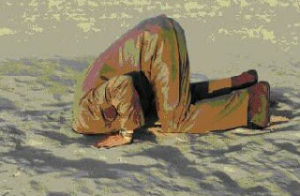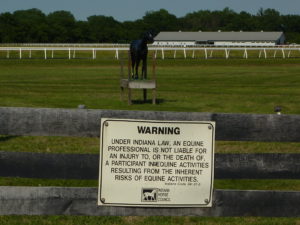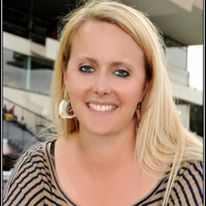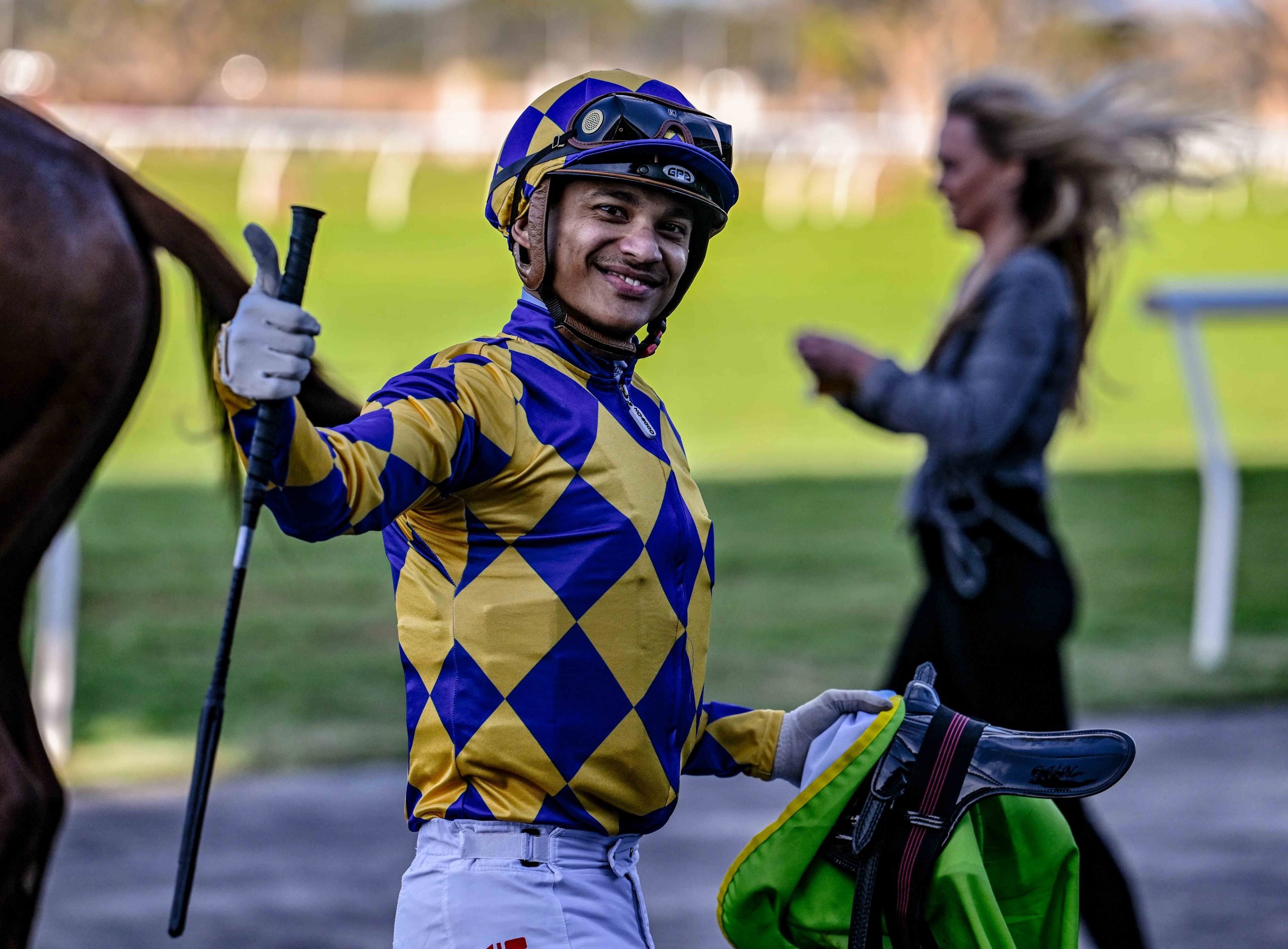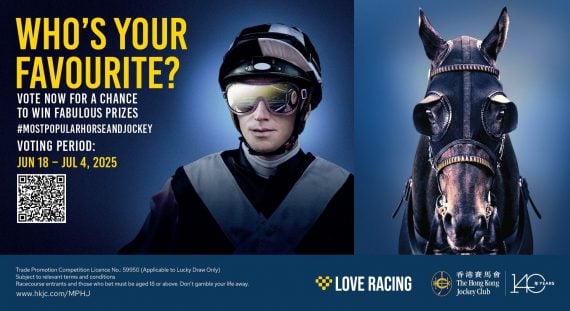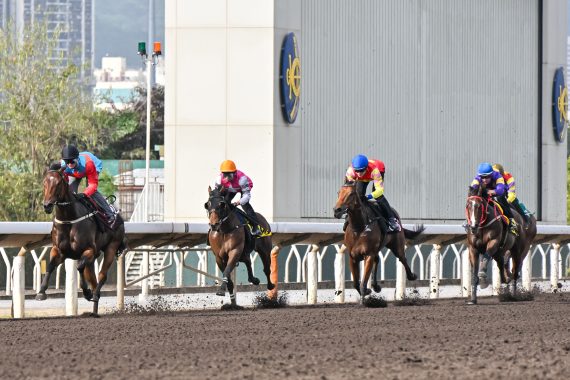Someone once asked me whether I’d ever lost a horse. It’s one of those punch-you-in-the-stomach-and-leave-you-on-the-floor type questions. We’ve all had horses die on us. We know the emotional toll it exacts. It’s one of the unspoken parts of the deal – as the old saying goes – if you have livestock, it’s only a matter of time before you have dead stock.
However, having a horse die, or putting it down is not a trivial matter and to call it ‘losing’ a horse is just plain absurd. Horses are not something you misplace, like bus tickets or loose change. And yet it is surprisingly easy for them to get lost – be it in the system or in life. With an increasingly electronic media-led public, if we want racing to survive into the foreseeable future, we have to take our PR a lot more seriously.
When it comes to welfare, we simply cannot afford to bury our heads in the sand as that merely leaves our rear ends exposed for someone to come along and take a swing. Given the increasing public awareness and sensitivity, particularly in the current social media era, smart industry thinkers are already launching rehoming programmes and advertising the exploits of safely homed horses enjoying second careers.
Milestone
The NHA rule regarding the rehoming of horses led me to hope that we had taken that first, tentative step. It was a fantastic move from the industry, advertising in no uncertain terms that we put our horses first and intend to step up to the plate and serve them better in future. I believe it is perhaps one of the most significant moments in our recent industry history.
The new rule has been a long time in coming and what some will know, but some may not, is that the process was largely expedited by the plight of two horses found in dire circumstances in February of this year.
Disclaimer
The writing business is essentially one of information. Or perhaps better put, it is one of managing information. Of all the information coming your way, one needs to pick out the good bits and, perhaps more importantly, forget the bits you were not supposed to know in the first place. Or in some cases, the bits you are allowed to know, but not use. Or possibly save for future if the correct opportunity arises. Or sometimes just the bits that you need to know so that other people know that you know and are complicit in the same secret. I believe it’s what one might call a grey area, but is the tightrope (noose?) every writer accepts in exchange for earning a crust.
So there are details that I need to leave out. This is not to minimise the horror or suffering of what the horses went through, but because this is an opinionated column, not a sensationalist one. Suffice to say the decision not to include photographs was made deliberately – there are some things that once seen, cannot be unseen and the world has enough heartbreak as it is. The sharp edged details are out there in glorious technicolour for those who wish to seek it of their own volition.
For all the ominous preamble, I still think this is still a good story and alongside the heartbreak and bitter disappointment there is also hope and, I’m pleased to say, an opportunity for a second chance for at least two individuals and redemption for the rest of us. Not bad for a simple column, eh?
Series of events
So this is a need to know column and what you need to know is this. A rural outreach centre in the Transkei received two horses for treatment in early February. A centre worker photographed them for documentary purposes and scanned the horses for their microchip numbers. Unfortunately the numbers were transcribed incorrectly and consultation with the NHA resulted in a good deal of frustration and mistrust in the system. The photographs were posted on social media and Johannesburg-based racing personality Ashleigh Hughes picked up on them on 11 February.
As has sadly become all too common, the keyboard warriors were out in force and racing was squarely blamed for the state of the horses. Ashleigh advocates strongly for the racing industry, running several social media pages to promote our sport and our people and is vocal in defending racing at every opportunity. She decided to wade in. “In cases like that, emotions run high and not knowing the correct channels can be frustrating and cause people to get upset. There were a lot of things being said, so I got involved to try and help.” Ashleigh got the microchip numbers and personally went to the NHA stud book department to try and identify the two horses.
With a little luck, ingenuity and elbow grease, the horses were identified as Just Jawja and Tanaburs, who had both last been seen at Flamingo Park racetrack on 1 February 2016. Just Jawja finished 8th in an 11 horse 1000m Maiden Plate and Tanaburs finished tailed off in a 2200m MR78 handicap and pulled up lame. And that was the last the formal structure of the industry saw of them. Exactly what happened next remains unclear, but it is alleged that both horses were sold as a R13k package deal to an individual in Johannesburg two days later. From there, they somehow entered the rural racing circuit. Luckily for them, Ashleigh Hughes noticed them on Facebook a week later.
Group effort
It is worth noting that while Ashleigh has bravely agreed to be the front person on this story, there are many people who have helped, supported and pulled the yoke alongside her. On 17 February, the two horses were again presented at the outreach centre, by now in a much reduced physical state as a combined result of parasite infestation, severe weight loss, lameness from severe greasy heel and extensive whip injuries from riders trying to force them to race through their injuries and infirmities. As concern for the horses grew, the matter was reported to the NHA who initiated an investigation. Efforts were launched to try and buy the horses back – something that needed to be done diplomatically. However, with the filly’s rapid physical deterioration she also lost her value to her new owners and after delicate negotiation, they agreed to sell. On 24 February – a mere 3 weeks after she was seen in racing fitness at Flamingo Park – Just Jawja was relinquished into the care of the outreach programme. From there, she was moved to a new home where she is currently being rehabilitated. Unfortunately Tanaburs proved more resilient and despite repeated efforts, his owners remained unwilling to part with him.
By April the NHA investigation had failed to reach any conclusive findings and the bush racers were still refusing to surrender the gelding, so Ashleigh took matters into her own hands, publishing the photos and story on her social media platforms. “I know I took a huge risk, but Tanaburs was deteriorating daily and I didn’t know what else to do. After nearly 2 months of staying behind the scenes and trying to sort the issue out using official channels, it was an act of final desperation on my part.”
The reaction was overwhelming and the racing industry led the charge. Apprentice Callan Murray, who had piloted Tanaburs to the single victory of his short career, was the first to contact Ashleigh with a substantial donation. Many industry professionals followed, including Tara Laing, Woodruff Racing, Alastair Cohen, Green Street Bloodstock, Ken Truter, Clodagh Shaw, members of the punting community and a number that have chosen to remain anonymous.
Racing cares
Ashleigh says “It was overwhelming. I didn’t know so many people cared. It’s important to emphasise that while these horses may have been let down by 2 or 3 individuals, there have been 2,000 – 3,000 that have stood up for them. It has been unbelievable to see that racing people care so much. That’s why I work so hard to promote the fact that racing does care. We really do. I received messages and donations from all sorts of people – punters who I imagine may have won money on Tanaburs at some stage, people I didn’t recognise and am not even friends with. People outside racing who have helped include Rita Brink, Tam Rueda, Bianca Tissiman, Marli van Tonder and Duncan Roderick, but again there are many more and every little has helped more than I can say.”
The good news is that enough money has been collected to make a persuasive offer for Tanaburs and a sale has been agreed, however at the time of going to print, we are still waiting for confirmation that he is safe. Both horses will have a veterinary assessment before a decision can be made about their future prospects, but for the time being they will be offered sanctuary, food, medical attention and most importantly, kindness.
Why
Having put you all through the emotional wringer, I’m sure you’re hoping I have good cause and I do. This is not an appeal for money or assistance (although anyone who would like to help is welcome to contact Ashleigh Hughes). This is more about reflecting on the community that we share and – perhaps not my proudest moment – expressing grateful surprise that there still are good people out there. Thank you for restoring my faith in humanity, but more particularly my faith in racing. Thank you also for the reminder that it is important, perhaps now more than ever, to stand up for racing, because by and large the critics are wrong and it’s good to have a chance to prove that.
As both horses were last seen at Flamingo Park, the Kimberley centre has come in for a lot of scrutiny and fairly or unfairly, they have copped a lot of the criticism for what happened to these horses and are rightly upset. One resident trainer pointed out that the horses fell through the cracks because of a few bad apples, not because of Kimberley. “It’s not fair to blame all of us.” I’m afraid I beg to differ. When something like this happens, it taints all of us and we all end up poorer and worse off.
What became clear is that the community – in Kimberley as well as the rest of the country – is aware of goings on that are not quite above board. So my question is, if we don’t want to be tarred with the same brush, then why do we – as a community – not do something about it? Preferably before this sort of thing becomes Louw Flyer fodder?
While there is merit in the argument that one has to have the rain to appreciate the sunshine (or perhaps the other way round, given the current drought), it’s great that this may yet have a happy ending, but it might have been better if we could have avoided all the heartache in the first place.
The new NHA rules are a good start, but there is more to be done. It can’t be done by one person, or even by one organisation, but if we all do our bit, we will go a long way. As they say, it takes a village to raise a child. Perhaps it needs an industry to protect a horse.



